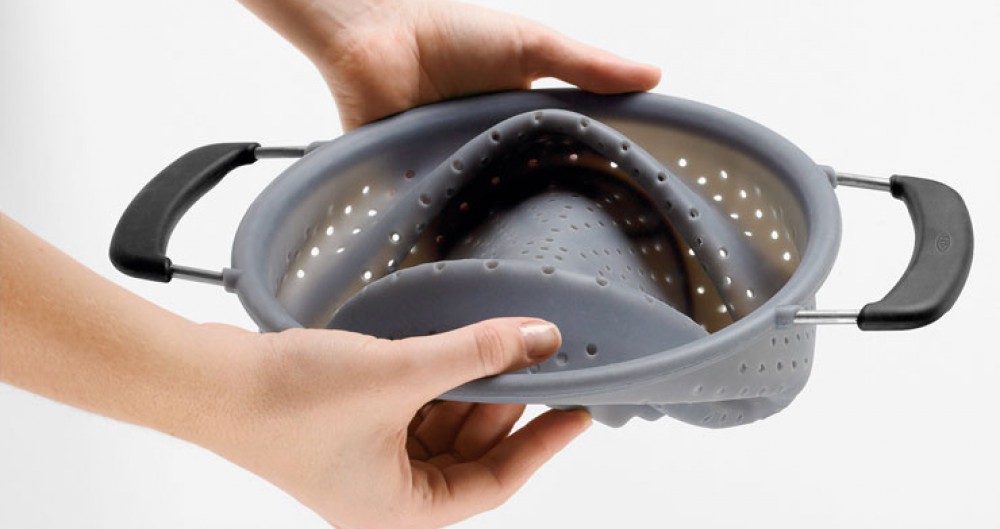How do people relate to your products? Think for a second beyond their intended purpose. After all, it’s always more than just “listening” to music or “arriving” at a destination or “hammering” nails. Those are just tasks. And tasks are only a part of the overall experience people are having with your products.
Do they love the experience? Does the product help them fulfill a need or solve a problem? Are they actually getting the experience they envisioned?
A product doesn’t exist in a vacuum.
How do people buy it? How do they learn to use it? Is it flexible enough to work for a variety of users at a variety of stages of expertise? Will a beginner sing its praises and an expert roll their eyes, or do both feel great about their purchase–the novice with how easy it was to adapt to and the expert with how it grew with them?
Brian Ling over at Design Sojourn had a great post the other day about products as ecosystems. He focuses on Apple’s ability to create a ‘total product experience.’
But can we ever accurately predict the experience? All we really do is give people the tools and they create the experience they want to have. Brian explores how Apple uses software and hardware together to create ‘playing fields’ where users can create their own experience. He also talks about how difficult it really is to coordinate the development of software and hardware into a seamless experience landscape.
But it’s much more than that. Even though the software and hardware are the most apparent parts of their products, the experience goes much, much deeper. It’s everything from the way a product is marketed, to the after sale experience, to what we do with it when we don’t want it anymore.
 Ling rightly calls good products ‘playing fields.’ Think of toys. Timeless toys. Blocks. Paints. Crayons. Wagons.
Ling rightly calls good products ‘playing fields.’ Think of toys. Timeless toys. Blocks. Paints. Crayons. Wagons.
They aren’t the types of toys that direct the child to do one very specific thing. They’re creation and imagination spaces where children can make entire worlds out of their own thoughts and dreams.
 Fad toys, those that flash and fade quickly, tend to be pretty specific. Think Tickle me Elmo. It had a great (albeit short) run mainly because it had one use and that was pretty much about it.
Fad toys, those that flash and fade quickly, tend to be pretty specific. Think Tickle me Elmo. It had a great (albeit short) run mainly because it had one use and that was pretty much about it.
The things that adults use in a timeless way are similar. Our laptops are electronic Swiss Army Knives. We create. We present. We communicate. We network.
Now our phones do all of those things, too.
They become creation spaces. Think of the things we carry with us over time: notebooks, pens, laptops and phones.
Every one of them is tool for creating. Creating content. Creating ideas. Creating relationships. They’re tools for creating experiences.
Some tools are very specific. A hammer is very specific in what it does. It creates a very specific experience.
But, think of it in the hands of someone who has difficulty making even the most basic of home repairs. It can be scary. Intimidating.
Now think of that same hammer in the hands of a master carpenter or someone who frames houses for a living. It becomes an extension of their hands. It engenders trust. Confidence. Professionalism.
When you create a new product, do you think about its ecosystem and the experience your customers are hoping to have? Do you give them the freedom to create a variety of experiences? Do you consider how the product will change for them as they become more attuned to using it?

Pingback: The Innovation Process | Innovation Labs
Once I observed this site I proceeded reddit to talk about a few of the
love along.
This іs οften verƴ engaging, Yοu’гe a
very qualifieԁ writeг.